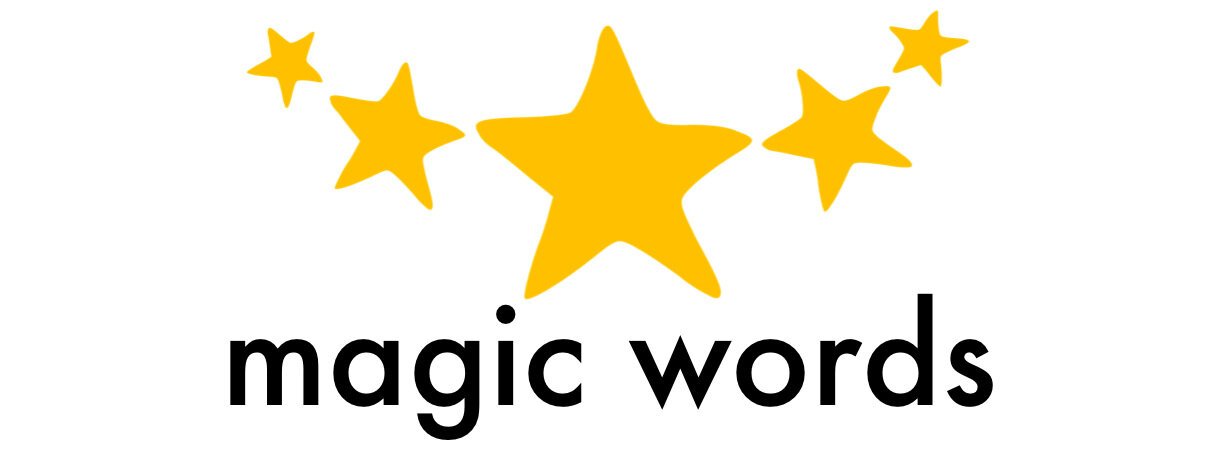By Eleanor Harris - Director of Magic Words Therapy and Specialist Generalist Speech and Language Therapist
Want children to understand you better in the classroom? Increase your gesture and use key word sign!
As a Speech and Language Therapist working with children with Speech, Language and Communication Needs (SLCN), I use key word signing whenever I speak to my clients to help to support their understanding. I also use key word signing to scaffold their spoken sentences, cueing them in with sign for the next word or idea in their spoken sentence. 11 years of experience tells me that this works really well and benefits the children, but what is the evidence to support this?
The answer is that there is a lot of research that confirms my clinical experiences – there is a neat summary of this evidence here.
Why does it work?
Imagine you can’t hear at all, or you can hear but you can’t make sense of the sounds you are hearing, as though you are hearing an unknown foreign language. You can see your teacher is talking, but her hands are still, and her face is expressionless. You don’t understand one word of what she says. You feel a rising sense of panic, what are you supposed to do? Everyone is looking at you. Your body begins to go into fight or flight mode. You don’t know what is expected so you have an emotional reaction. Perhaps you freeze, absolutely terrified. Perhaps you hit the table and run from the room. Perhaps you internalise this feeling of panic and never want to communicate at school again.
Now imagine you still can’t hear or process the sounds that you hear, but this time your teacher is pointing at the things she is talking about AT THE SAME TIME that she says the word, for some words she is doing a SIGN at the same time that she says the word and the sign looks like the object or action. She is gesturing where things start and finish and she has a really expressive face so I can tell when her words are a question rather than an instruction, and I can tell how she is feeling when she says them. As she signs each key word, her speech is slowed down, giving me a chance to process the sounds and words a bit better. I understand 2 or 3 pieces of information from each sentence, I am learning what some words mean because the sign is said at the same time as the word, I learned a new word because the rounded circular outline you just mimed with your hands when you said the word ‘balon’ gave me a clue to understand that it means ‘ball’. I can see you want me to put the ball in a particular place behind me, I can tell because you pointed there after you said ‘balon’. I feel comfortable, I know what to do, I’ve learned new words and I achieve success. I want to communicate again next time.
We know key word signing and increased gesture doesn’t just help SLCN children, but also helps an increasing number of English as an Additional Language children in our schools, as well as typically developing children – listening to a person that uses more gesture is much easier than listening to a person who stands still and expressionless.
For further information on MAKATON, take a look at their website





